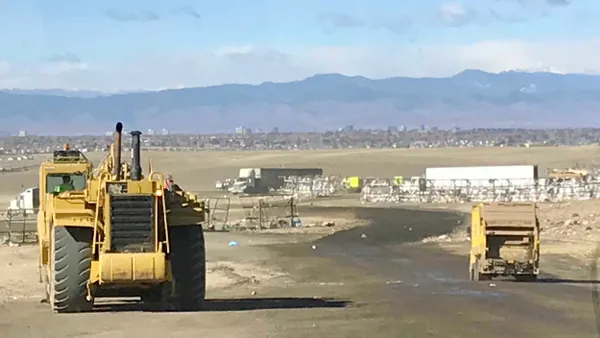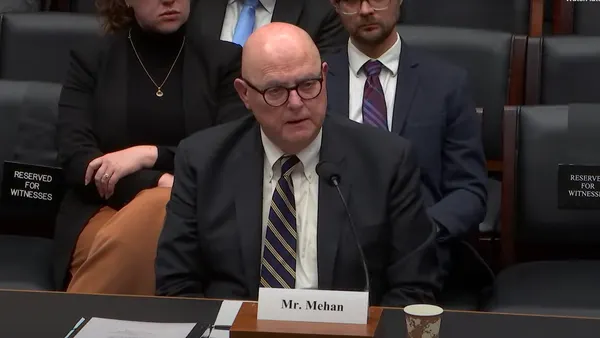Dive Brief:
- The New Jersey Sports and Exposition Authority (NJSEA), operator of the closed Kingsland Landfill, is looking for ways to address ongoing issues with birds getting injured by invisible flames from gas flaring, as reported by NorthJersey.com.
- Numerous incidents of birds' feathers being scorched, often to the point that they need to be nursed back to health in sanctuaries, have been reported in recent months. NJSEA has been working with the U.S. Fish and Wildlife Service and multiple consultants in response. Potential solutions include not flaring the gas continuously, mixing an additive that will make the flames visible to the birds, or limiting the amount of trees and other perchable posts near the flare.
- The NJSEA previously expressed interest in contracting with an outside company to capture the landfill's gas for energy and stop flaring it.
Dive Insight:
Aside from the related public relations and animal welfare issues, these incidents can potentially be expensive for landfill operators as well. Because raptors are protected by the Migratory Bird Treaty Act, operators could be held liable for thousands of dollars per injured bird.
Since the organic material, and sometimes the plastic, in refuse is a big draw for birds they are a common issue at landfills around the country. In addition to the potential for them to be burned, these birds can also cause sanitary and operational issues when they descend on sites in large numbers. If sites are located near airports that can create additional constraints due to concerns about the birds interfering with air traffic. Landfills have developed a variety of tactics to keep them away, such as shooting off non-lethal noise devices and keeping larger predatory birds on site to scare the smaller ones away.
While many landfills still flare their gas, and new projects continue to receive permit approval, a large number have also shifted toward capturing it for energy production. Whether this biogas is used to create electricity or upgraded into renewable natural gas the financial potential is high after sites secure funding for the initial capital costs.









